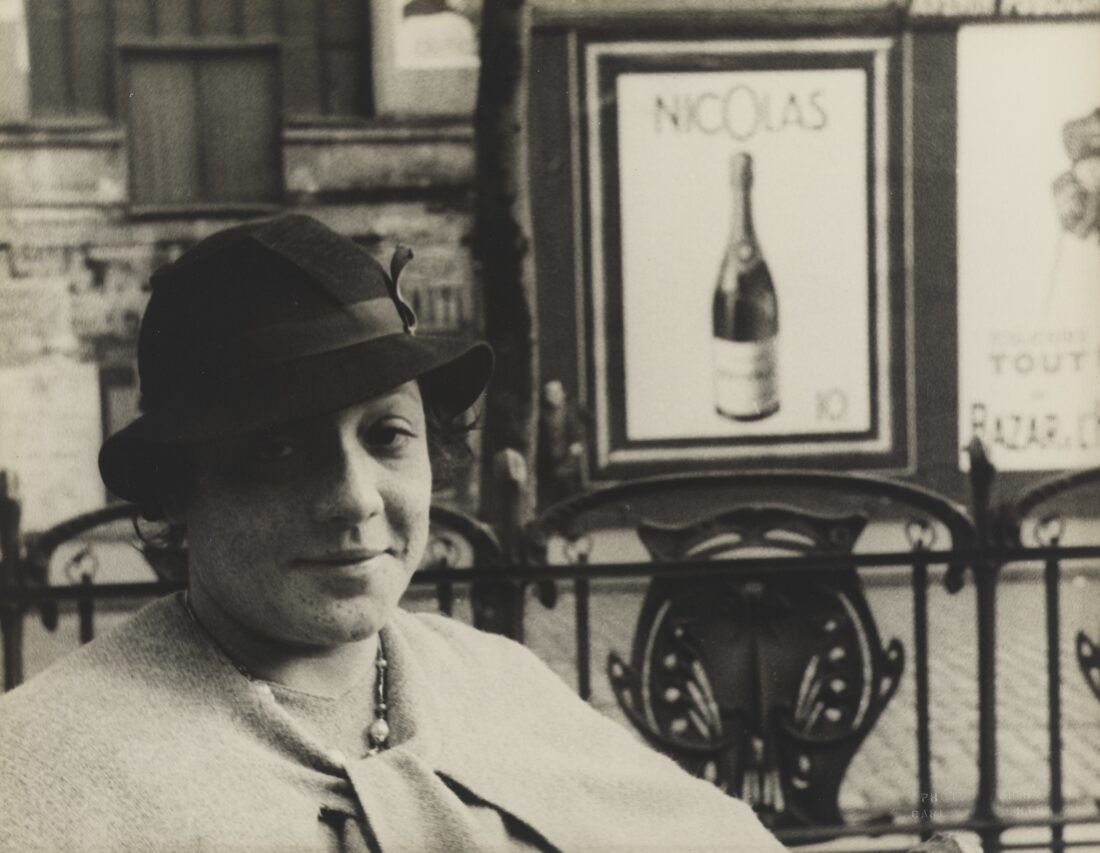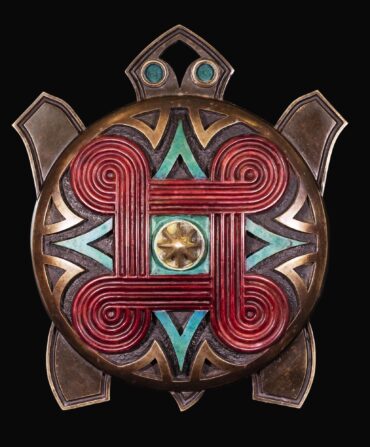In the years following World War I, many American artists, writers, and musicians fled the States for the creative freedom of Europe, communing most notably in Paris. Ernest Hemingway is said to have written The Sun Also Rises at the café La Closerie des Lilas. E.E. Cummings, T.S. Eliot, and Ezra Pound idled at Saint-Germain mainstays Les Deux Magots and Café de Flore. But come nighttime, the boisterous crowd often migrated to Brick Top’s, a vibrant cabaret in Montremarte run by the formidable, Black, West Virginia–born proprietor Ada “Bricktop” Smith.

“The story of American expats in that period has always been told through a male perspective: Ernest Hemingway, F. Scott Fitzgerald, Cole Porter. But the women, to me, are so much more interesting,” says curator Robyn Asleson, who assembled nearly eighty portraits of the women of the Lost Generation for the National Portrait Gallery in Washington, D.C.’s latest exhibition, Brilliant Exiles. The show spotlights icons like Zelda Fitzgerald and Gertrude Stein as well as lesser-known personalities, including Southerners such as sculptor Augusta Savage, painter Anne Goldthwaite, and Bricktop herself.

“Everyone came to Paris for different reasons,” Asleson says, “but one thing they all had in common was that they couldn’t get to where they wanted to be in the U.S.” For Bricktop, that draw came both from her desire to escape American racial prejudice, and to flourish in her career as a chorus girl and cabaret dancer. Her full name was Ada Beatrice Queen Victoria Louise Virginia Smith, and she earned the nickname Bricktop for her red-gold hair. She was born in 1894 in Alderson, “West, by God, Virginia”—as she told the historian Studs Terkel in a 1975 interview—and climbed about as high as she could in the clubs of Chicago and Harlem before setting her sights on Europe.
In 1924, a Paris nightclub owner named Gene Bullard wrote to Bricktop to invite her to perform at his club. Coincidentally he was a Southerner himself, hailing from Columbus, Georgia. Although his venue, Le Grand Duc, was smaller and less glamorous than the clubs she was accustomed to in the States (Bricktop is said to have cried upon first entering the building), performing there introduced her to the who’s who of Paris, including one of her first friends in the city, a then-unknown busboy by the name of Langston Hughes. (“We only knew him by Jimmy Hughes,” Bricktop recalled.)
“Bricktop went as an adventurer,” Asleson says. “She didn’t know much about Paris, she didn’t speak French, but she was offered the job because she had an infectious personality. People were drawn to her like a magnet.” In 1926, just two years after that first performance, she opened a spot of her own and called it Brick Top’s. It immediately attracted Paris’s most illustrious residents, who came to drink, mingle, and dance the Charleston and the Black Bottom, two styles born in the South and popularized in Harlem.

“I have to give the Charleston the credit it deserves for launching me on my career as a saloon-keeper,” Bricktop wrote in her autobiography, Bricktop. “It caught on and I caught on, Cole Porter standing right there behind me and never leaving me until I became Bricktop, the one and only.” Her friendship with Porter, who wrote the song “Miss Otis Regrets” specifically for her to perform, would prove one of her most enduring.
On any given night, one might glimpse Fred Astaire, Pablo Picasso, John Steinbeck, Josephine Baker, Salvador Dalí, the Prince of Wales, or Duke Ellington sipping Champagne or performing onstage at Brick Top’s. “My greatest claim to fame,” F. Scott Fitzgerald once remarked, “is that I discovered Bricktop before Cole Porter [did].” (The affection was mutual: “I can tell you some stories about Scott, but that’s nobody’s business,” Bricktop said in the Terkel interview.)
But when Prohibition ended in the United States and the French economy tanked, Paris’s expat scene began to dwindle and with it, Brick Top’s clientele. On the brink of World War II, Bricktop left Paris, opening up renditions of her club in New York and then Mexico City, finally landing in Rome, where she entertained the new generation of Hollywood stars until moving back to New York in 1972. She died in 1984, and her cabarets have long since closed, but her legacy lives on: in literature, in song, in the West Virginia Music Hall of Fame, and now, in the Smithsonian.
Learn more about Bricktop and other American women in Paris in Brilliant Exiles, on display until February 2025 in Washington, D.C.
Garden & Gun has affiliate partnerships and may receive a portion of sales when a reader clicks to buy a product. All products are independently selected by the G&G editorial team.








